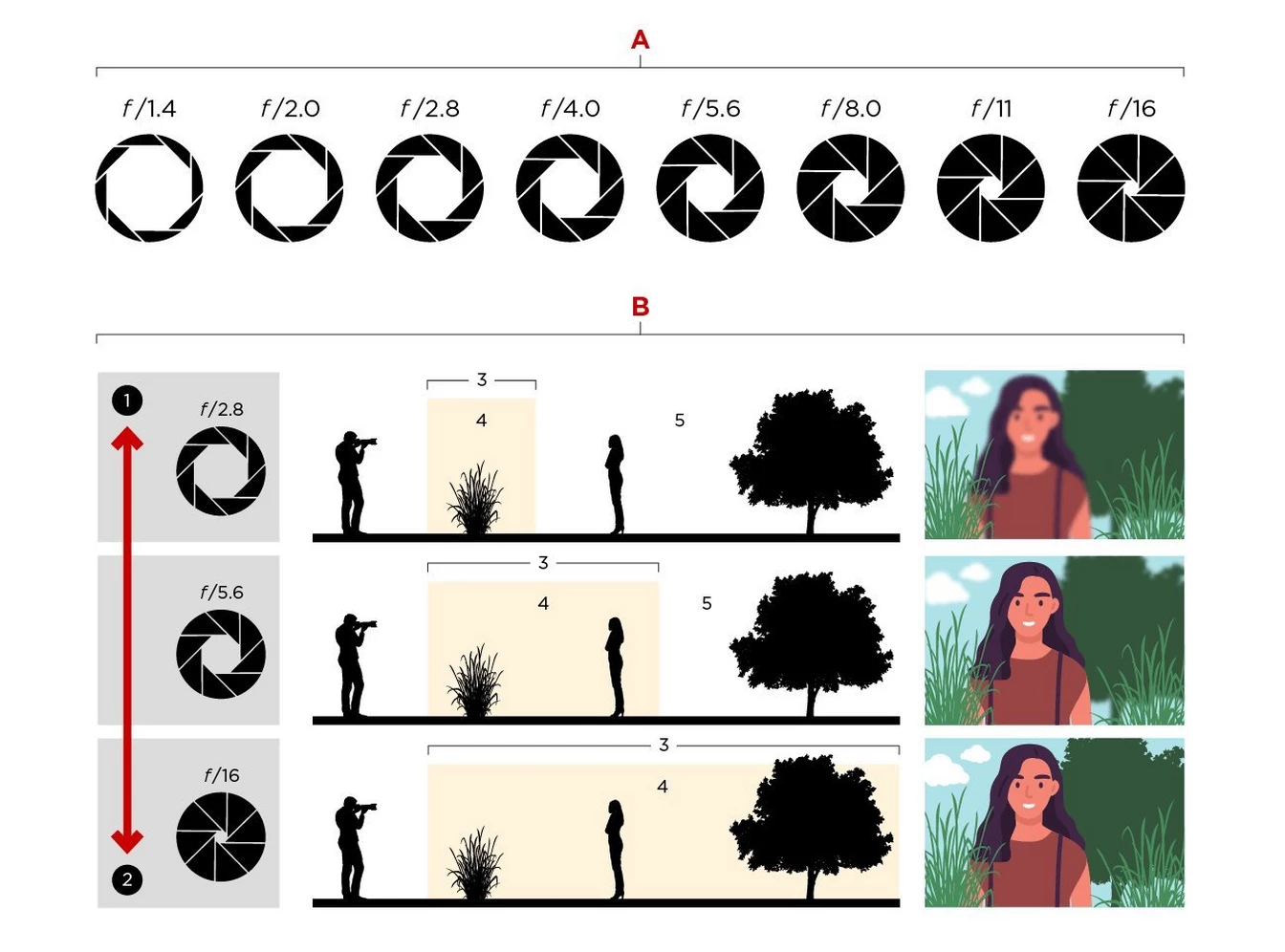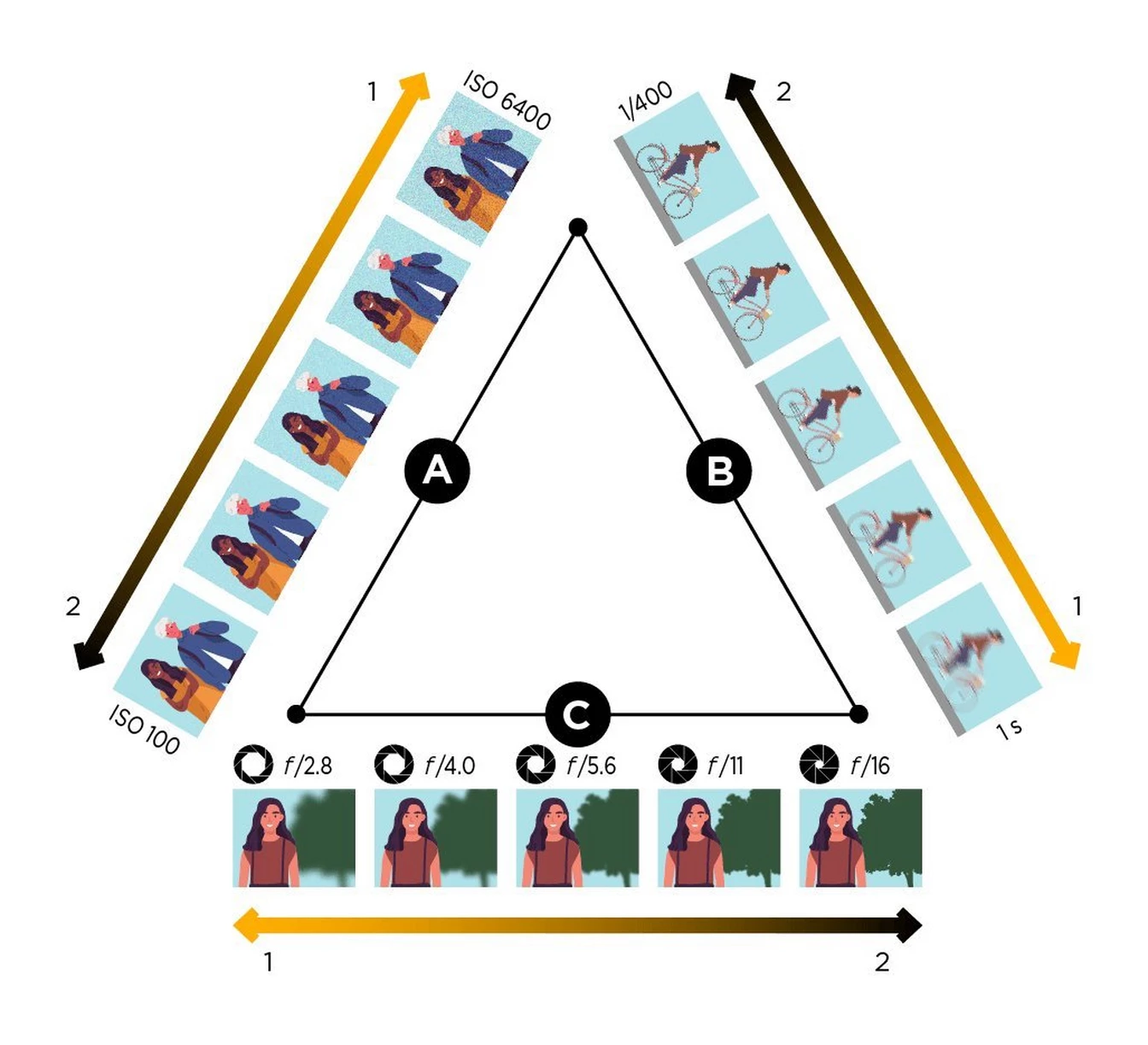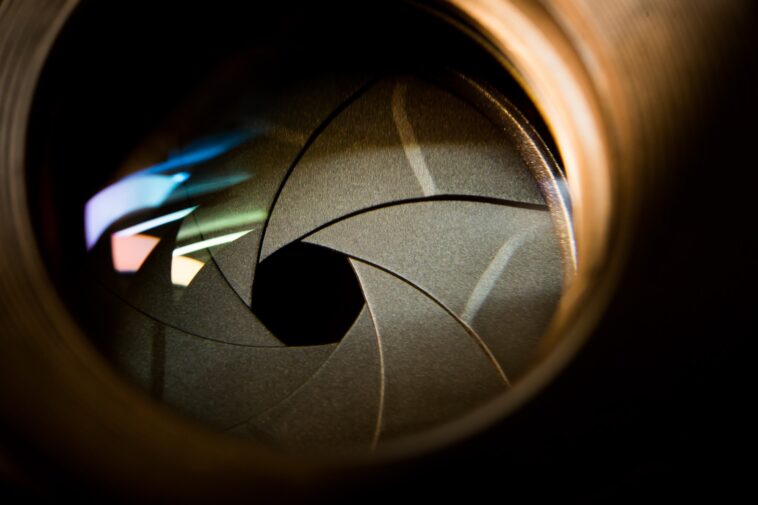Key Takeaways
- Aperture in Photography: Understanding its role in exposure, depth of field, and image quality.
- Exposure Triangle: The interplay between aperture, shutter speed, and ISO for perfect shots.
- Lens Types: Comparing fixed-aperture and variable-aperture lenses for various photography needs.
- Image Sharpness: How aperture impacts the overall sharpness and quality of images.
- Aperture Mechanics: Exploring the science behind f-stops and t-stops in photography.
Understanding Aperture: The Gateway to Perfect Photography
Aperture: The Heart of Exposure and Depth of Field
The aperture, much like the pupil of a human eye, is central to photography. It’s the lens opening that dictates how much light reaches your camera’s sensor, playing a pivotal role in image exposure. This mechanism, operated by aperture blades, adjusts according to light conditions, affecting not just exposure but also the bokeh — the aesthetic quality of the out-of-focus areas in your photographs.

Aperture and Its Impact on Photography
- Exposure and Light: The aperture’s size, denoted by f-stops, inversely affects the amount of light that enters the camera. For instance, a large aperture (small f-number like f/1.4) allows more light, ideal for low-light conditions. Conversely, a small aperture (large f-number like f/22) limits light, perfect for bright environments.
- Depth of Field: Aperture affects how much of your image is in sharp focus. A large aperture results in a shallow depth of field, beautifully isolating your subject against a blurred background — great for portraits and macro shots. Smaller apertures increase the depth of field, ensuring more of the scene is in focus, ideal for landscape and architectural photography.
The Exposure Triangle: Aperture, Shutter Speed, and ISO
Mastering photography involves balancing the Exposure Triangle — aperture, shutter speed, and ISO. Each element impacts the other. For instance, a larger aperture allows using faster shutter speeds and lower ISO, beneficial for capturing clean, crisp images in various lighting conditions.

Lens Choices: Fixed vs Variable Aperture Lenses
- Fixed-Aperture Lenses: These maintain a consistent maximum aperture throughout the zoom range. They’re essential for situations requiring consistent exposure and depth of field, such as sports and wildlife photography.
- Variable-Aperture Lenses: Offering different maximum apertures at varying zoom levels, these lenses are more compact and budget-friendly, suitable for travel and general photography.
Aperture’s Influence on Image Sharpness
The aperture setting also influences image sharpness. Extremely wide apertures can slightly reduce sharpness due to lens aberrations, while very small apertures cause diffraction, which also affects sharpness. Most lenses have a “sweet spot,” typically two stops narrower than the maximum aperture, where they deliver the sharpest performance.
F-Stops and T-Stops: The Science Behind Aperture
- F-Stops: They indicate the physical size of the aperture relative to the lens’s focal length. They are the standard measure in photography, guiding exposure and depth of field control.
- T-Stops: Used primarily in professional cinematography, t-stops measure the actual amount of light passing through the lens. They ensure consistent exposure across different lenses, crucial in video production.
In conclusion, understanding aperture and its nuanced interplay with other camera settings opens up a world of creative possibilities. Whether capturing the subtleties of light in a portrait or the expansive depth in landscapes, aperture is your key to mastering the art of photography.





